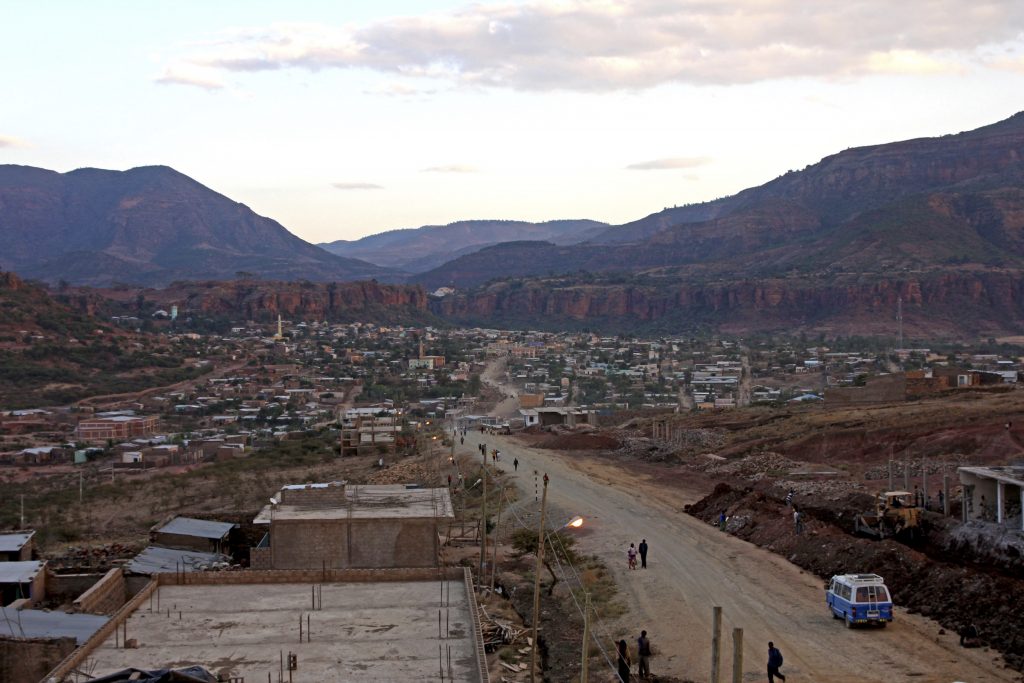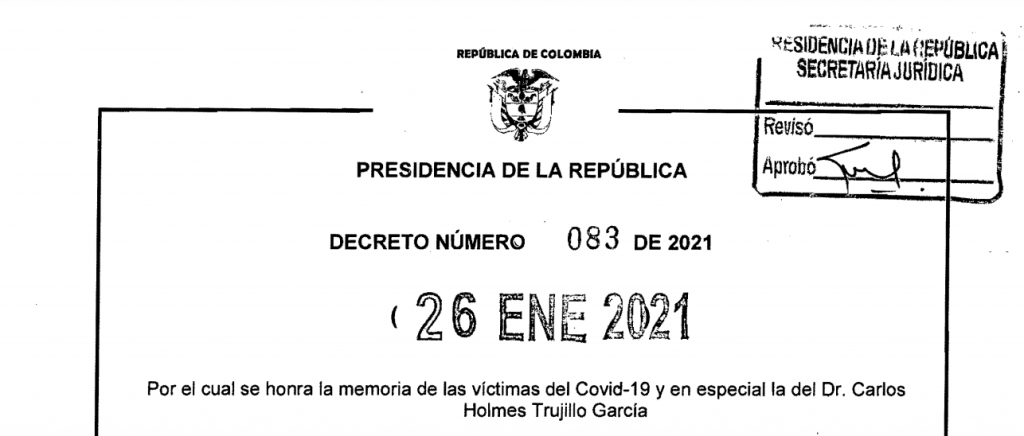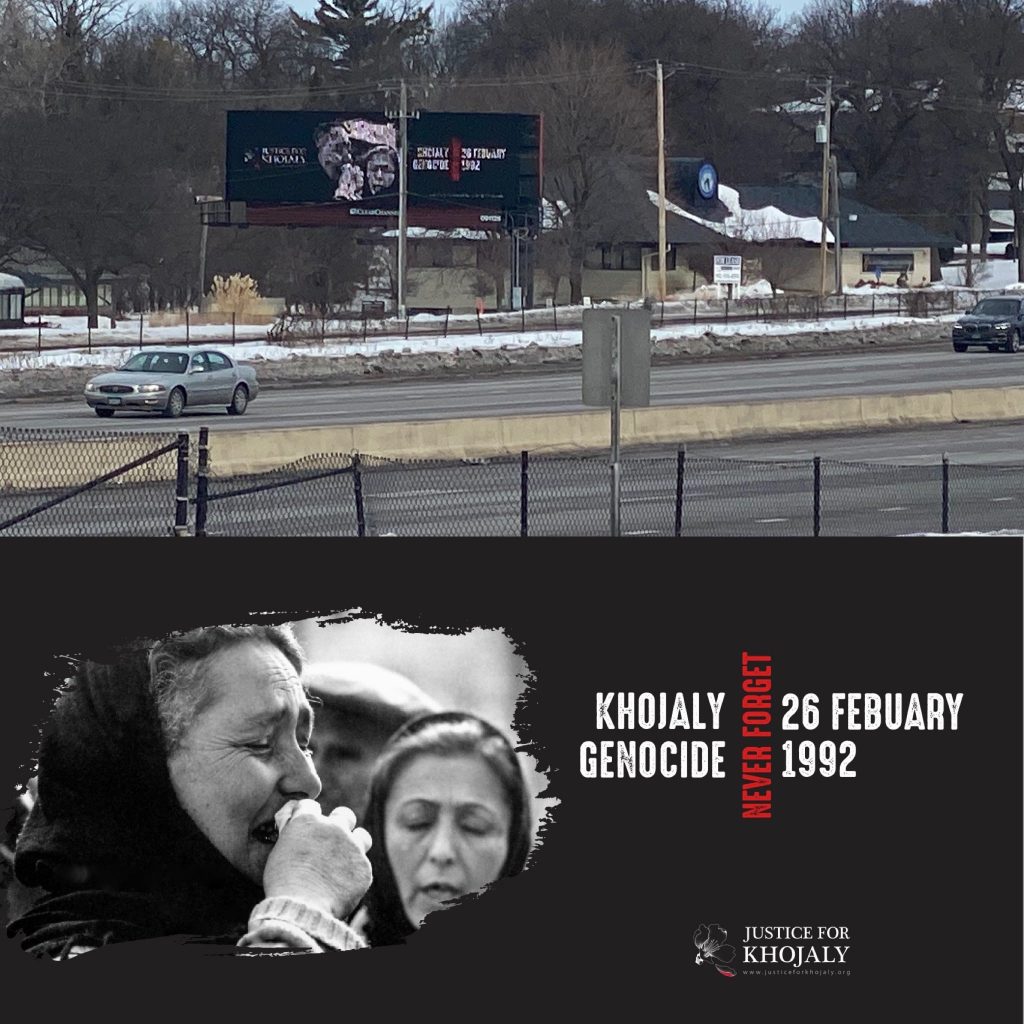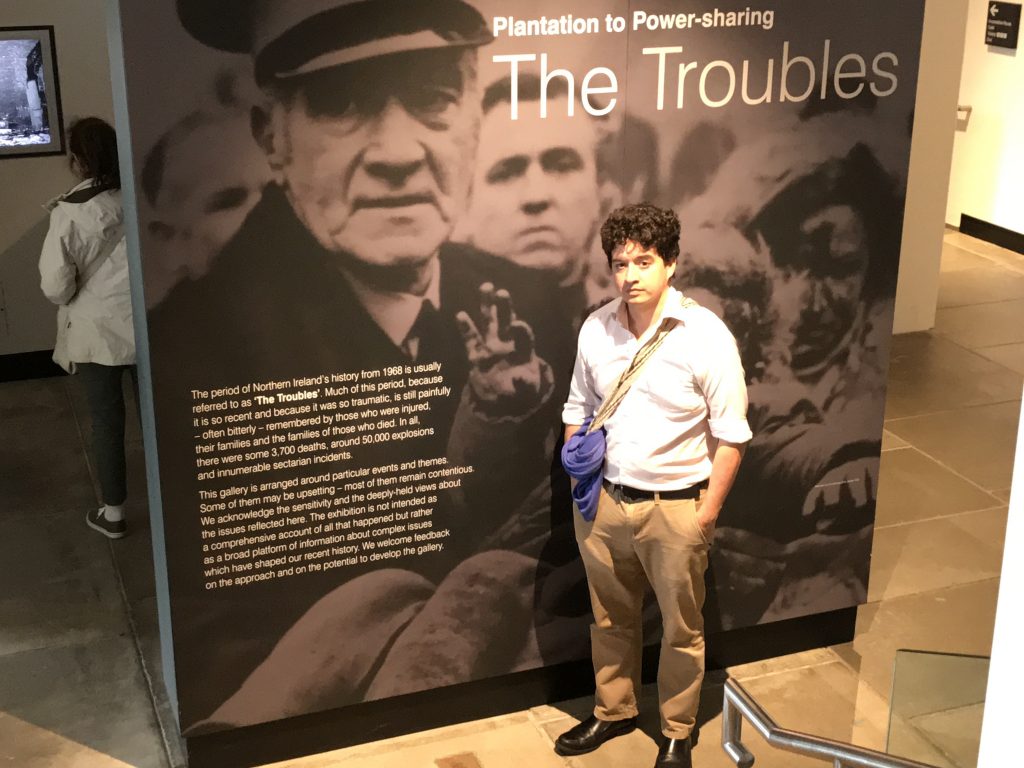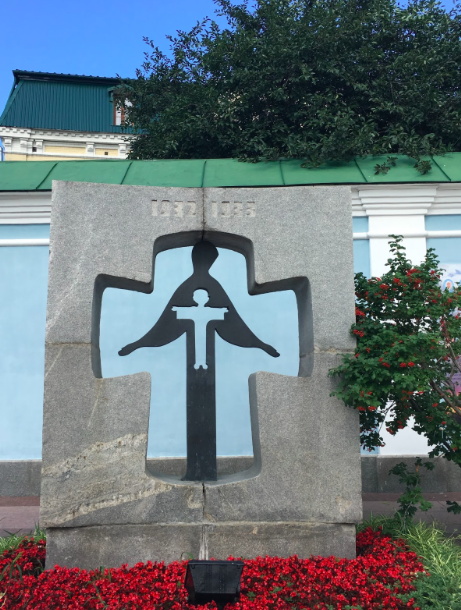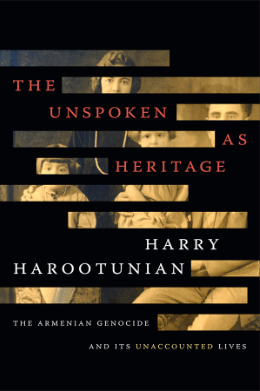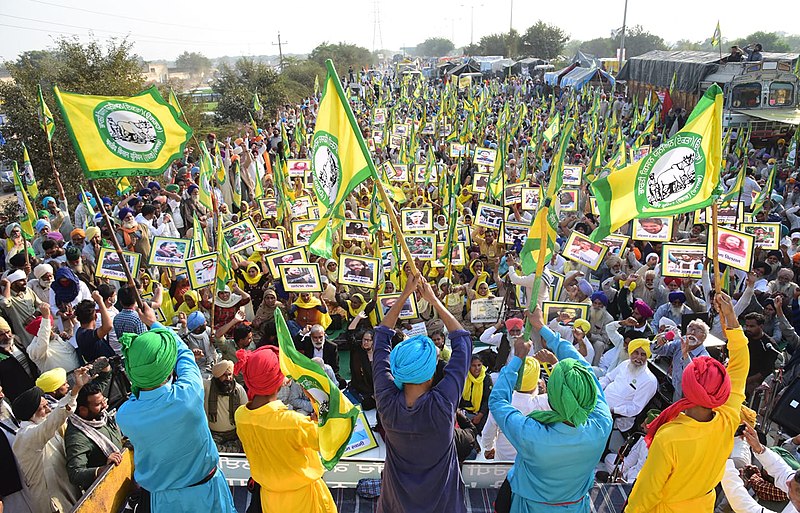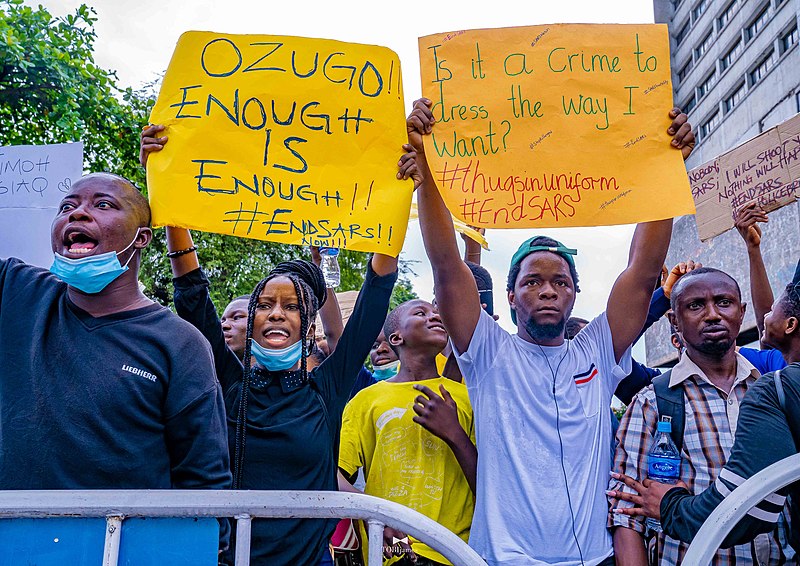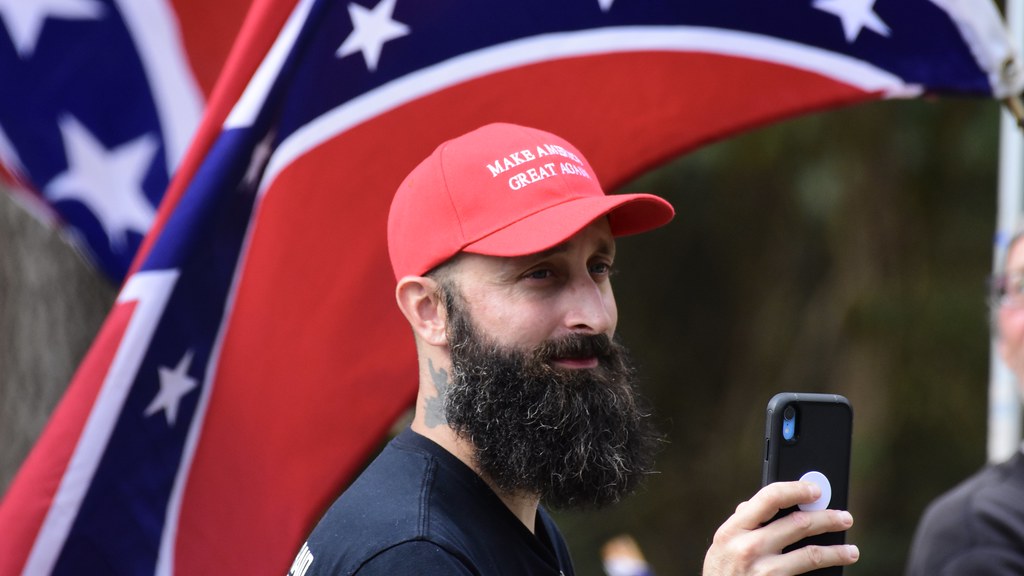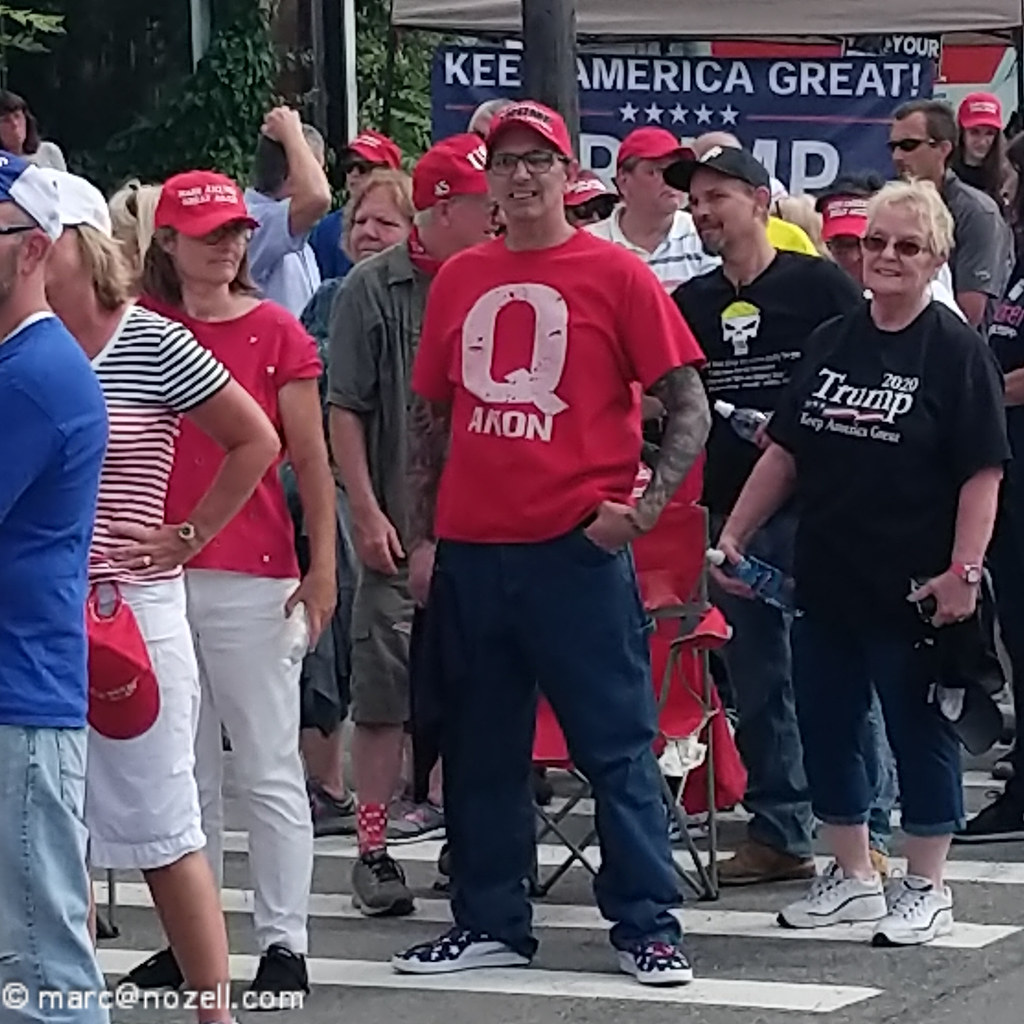This semester, Center for Holocaust and Genocide Studies research assistant, Michael Soto, had the opportunity to interview Carlo Tognato on his 2020 edited volume, the Courage for Civil Repair: Narrating the Righteous in International Migration. In this interview, Tognato discusses the evolution of his work and some of the core themes of this new volume. Below we share excerpts from this interview. Be sure to listen to the entire interview here!
Michael Soto: So one of the things that we’re interested in is this idea of the righteous, which originally comes from use related to the Holocaust. Has there been resistance by either the authors, the protagonists they write about, readers, or others about using the term the righteous in these different contexts as opposed to related to the Holocaust as it’s usually associated?
Carlo Tognato: Let’s say that in general, across various societies, for example, the US, attempts to extend the categories that come from Holocaust memory to other contexts that do not belong to Holocaust memory have always been pretty controversial. So some people believe that those kinds of extensions, are in a way, diluting or are hijacking the true Holocaust experience. And then there are others, also within the Jewish community, who believe that actually, the extension of those categories and those experiences from the Holocaust memory to other setting or other situations outside the very phenomenon of the Holocaust are a way to even redeem the very experiences of some of the victims of the Holocaust.
For example, when the Trump administration went along with the policy of family separation at the border, Jewish activists came to Congress and staged a protest that this was a group … called the Never Again Action, and they said that as Jews, they had an obligation to step up and show that in the face of certain kinds of injustice and the specific experience of family separation they couldn’t be indifferent. And so, they had to stand up and take a position. So in societies, it has been controversial. Some have thought that this is legitimate, and some others thought it’s quite illegitimate to extend those categories outside the phenomenon of the Holocaust — categories that were born out of the Holocaust experience.
Among the authors of the book, there have been cases that talk about the experience of righteous that were born out of Jewish communities in Vienna or Berlin. And so, in those cases, in a way, the Holocaust memory is there [in] the background. And there are other cases, for example, the case from Australia, that talks about the actions that doctors and doctor associations took in defense of the immigrants that were secluded in detention centers, sometimes in little islands in the Pacific. …
And then there are other cases in which Holocaust memory is not even latent and it’s not even in the background. And so in these cases, the authors of those chapters, you know, cases from Mexico, from Cyprus, from Columbia — they are looking at the experience of civil courage of particular actors, but what the book does it juxtaposes the memory of the righteous in the Holocaust to cases in which that memory is there, within the cases and it’s evoked or at least indirect — and with other cases in which it doesn’t play a role.
So in a way, that juxtaposition constitutes a sort of narrative intervention on our part by means of which we are trying to translate the experience of certain actors, within certain contexts, to some broader audiences that might use the category of the righteous to understand what those actions within those specific cases (actions of civic courage) might actually be about.
And so, in those cases, the authors are not referring directly to the category of the righteous but, again, the book provides an umbrella to juxtapose those cases — to draw some parallels and incite us to see potential points of [comparison], but also potential differences. […]
Michael Soto: Related or another idea that recurs or comes up in the book is the idea of how it’s sort of a reinforcing cycle. How the acts of the righteous — either inspire or provide insight into a different way of doing things — a better way of doing things, and others sort of follow. Could you tell us more about that?
Carlo Tognato: Okay, there are various factors that have been found to influence the decision of the righteous to stand up and act. There are some in the literature, especially in the Holocaust literature, [and] some have been identified as psychological factors. There are other social factors, for example, the belonging to certain organizations, certain political parties, or gender or religious beliefs. … And then there are other institutional issues that create (or not) the opportunities for the person to act, and you know to actively engage in action, and, you know, be courageous in a moral, civil way.
So what scholars have found is that none of these factors seem to be sufficient by their own to move the person to engage in an act of courage — of moral and civic courage. What we do in the book is that we are focusing also on one specific cultural dimension, and what we are saying is that in order to enact some civil courage, people also needed to be culturally competent and culturally competent about how the horizon of inclusion and exclusion –how that border between outsiders and insiders is defined {culturally speaking) –in civil communities.
And competent about the history of the trial and errors that within a certain specific context, people who belong to those contexts have experienced and therefore they know what we anticipate when they engage in the breach of that horizon of inclusion and exclusion within their own civil community.
And the more we can cultivate that kind of cultural competence –to understand how that border between insiders and outsiders is defined and upheld — the more people will be able to work out ways to breach it and ways to see the cracks in between those borders.
And they will be able to engage in those acts. They’re trying to modify those borders, while reducing the risk of doing so. What has been found in the literature is that competence is important for people to engage in acts of courage, and what we are doing in the book is to underscore that among all the different types of competence, like you know organizational competence, psychological competence, there is a very specific aspect of cultural competence… and we focus on that.
So essentially there are various factors that play out to make it to allow people to be courageous and the idea is that if we reflect on those ingredients and, in our case on the cultural ingredients, we will be able to make people reflect on what they need to look at in their everyday life, in order to be able to work what are the channels that can be conducive to change. […]
So the idea is that people who engage in acts of civic courage have to understand the risks involved in contesting the social groups or their society that demarcates insiders from outsiders. Because obviously any attempt to contest those borders would be met by backlash and by the defensive reactions of the guardians of that order, who will try to reabsorb the breach and push those who engaged in some breaches back. […]
The people who engage in acts of civil courage are … trying to engage in something that is right, but they are pragmatic enough to understand that the way to achieve that may entail a lot of constraints, and they have to be creative about searching for the cracks that allow them to contest the border between the insiders and outsiders, minimize backlash or reactions, try to make those contestation stick, and come across as authentic and convincing to other people within their own to the communities.
** This interview excerpt has been edited for clarity and brevity. To listen to Dr. Tognato further discuss the concept of the righteous and his new book, please click here.
Michael Soto is a Ph.D. Candidate in Sociology and fellow at the Interdisciplinary Center for the Study of Globalization Change (ICGC). His dissertation research is on the transition to peace in Colombia, with a focus on reintegration and reconciliation processes.

